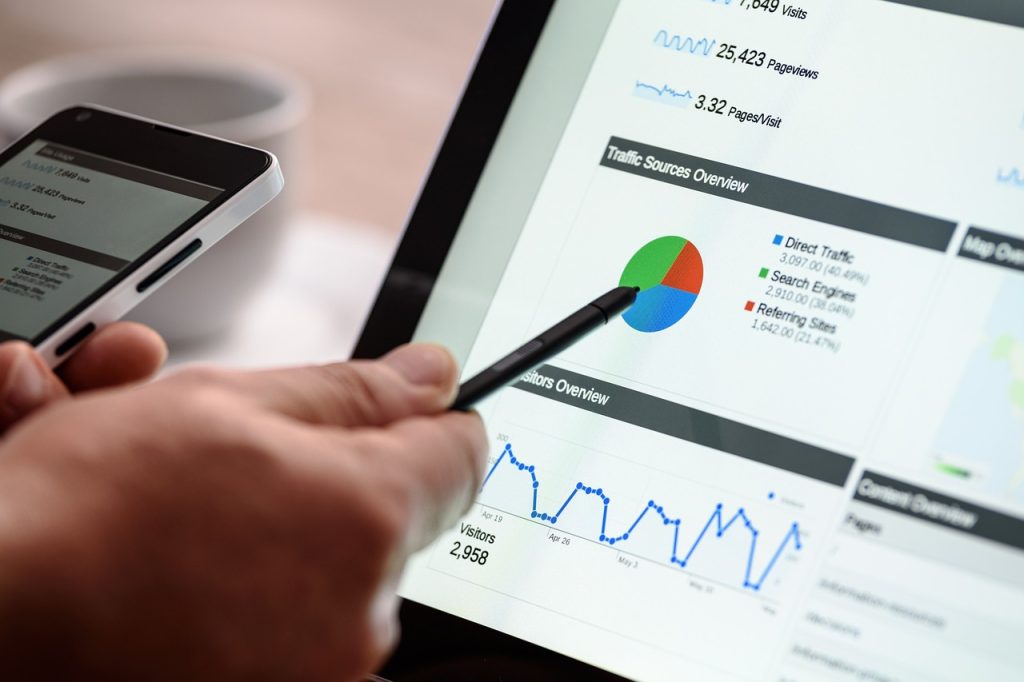Local SEO (Search Engine Optimization) Marketing is a digital marketing strategy focused on optimizing a business’s online presence to attract more local customers through search engines, especially Google. It’s essential for any business that serves customers in a specific geographic area, such as restaurants, law firms, medical practices, salons, or local retailers.

Here’s a detailed breakdown of Local SEO Marketing:
What is Local SEO Marketing?
1. Google Business Profile (GBP) Optimization:Local SEO Marketing
- Claim and verify your business on Google Business Profile.
- Ensure all information is accurate: name, address, phone number (NAP), website, business hours, and categories.
- Add high-quality photos, respond to reviews, and post regular updates or offers.
2. Local Keyword Research
- Use tools like Google Keyword Planner, Ahrefs, or Ubersuggest to find geo-targeted keywords.
- Focus on keywords with local intent like:
- “best pizza in Chicago”
- “emergency plumber near me”
- “wedding photographer in Austin”
3. On-Page SEO for Local Pages
- Include your city/region name in:
- Page titles
- Meta descriptions
- Header tags (H1, H2)
- URL slugs
- Body content
- Embed a Google Map on your contact or location page.
4. Local Citations & Directories
- List your business on relevant local directories (e.g., Yelp, YellowPages, Foursquare).
- Make sure NAP consistency is maintained across all platforms.
- Use citation tools like BrightLocal, Whitespark, or Moz Local.
5. Online Reviews Management
- Encourage happy customers to leave positive reviews on Google and other platforms.
- Respond to all reviews, especially negative ones, in a professional and timely manner.
6. Localized Content Creation
- Write blog posts about local news, events, or guides.
- Create location-specific landing pages if you serve multiple areas.
- Example: /dentist-los-angeles, /dentist-san-diego
7. Mobile Optimization
- Ensure your website is mobile-friendly, as most local searches happen on smartphones.
- Optimize loading speed and ensure easy navigation.
8. Backlink Building
- Get links from local websites, such as newspapers, blogs, chambers of commerce, or partnerships.
- Sponsor local events, charities, or organizations to earn backlinks.
9. Social Media & Local Engagement
- Engage with your local audience through platforms like Facebook, Instagram, and Nextdoor.
- Post local updates, promotions, and respond to comments/messages promptly.
10. Track & Measure Results
- Use tools like:
- Google Analytics (track traffic and behavior)
- Google Search Console (track search performance)
- Google Business Insights (track calls, clicks, and directions)
- Track rankings for your local keywords with tools like BrightLocal or SEMrush.
